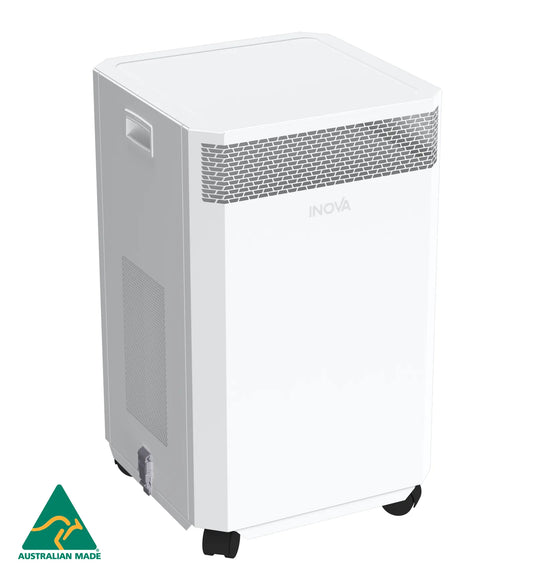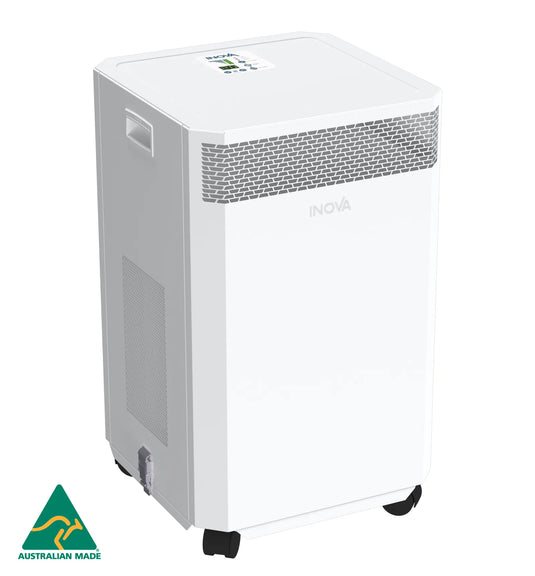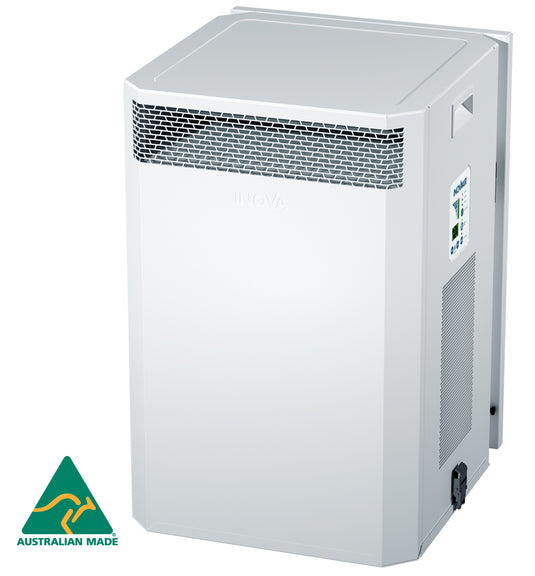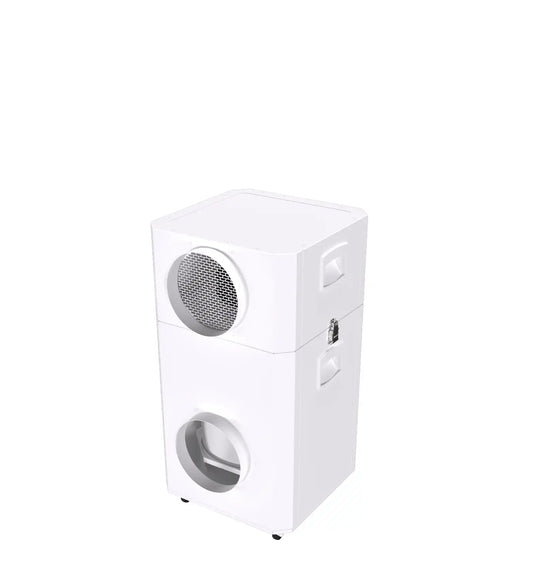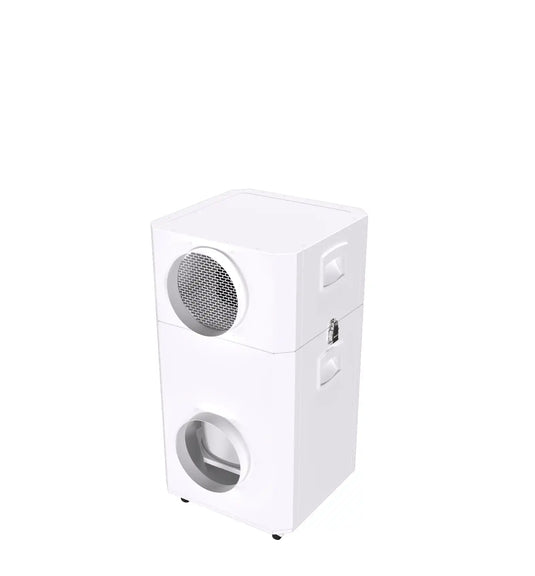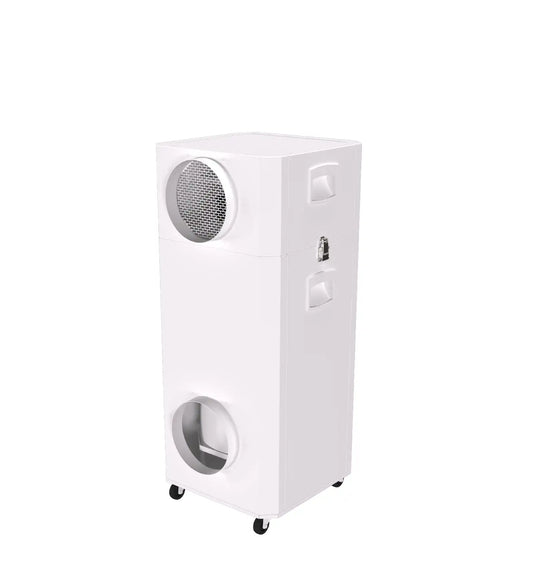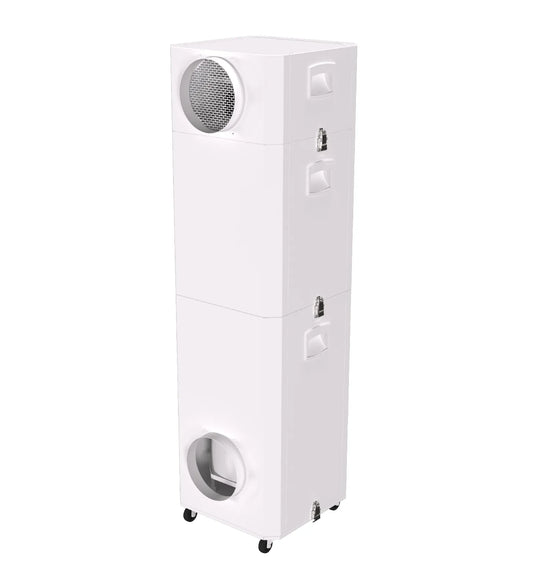The Hidden Health Risks of Breathing Fine and Ultrafine Particles — and How Air Purifiers Can Help

When we think of air pollution, we often picture smog, smoke, or visible dust. But the truth is, the most harmful pollutants in our air are the ones we can’t see — microscopic particles that easily slip past our body’s natural defences and into our lungs.
These tiny pollutants are known as PM2.5, and they’re a growing concern for both indoor and outdoor air quality. Let’s unpack what they are, why they matter, and how an INOVA Air Purifier can make a real difference in protecting your health and home.
What Exactly Is PM2.5?
“PM” stands for particulate matter, which is simply a mix of airborne solid particles and liquid droplets. The “2.5” refers to their size — particles smaller than 2.5 micrometres (about 30 times smaller than the width of a human hair).
Because they’re so small, PM2.5 particles can stay suspended in the air for long periods and travel deep into your lungs when you breathe. They’re commonly produced by:
-
Vehicle emissions
-
Wood smoke and bushfire smoke
-
Industrial pollution
-
Cooking fumes and candles
-
Microplastics
- Even some household cleaning products
Why Are PM2.5 Particles Harmful?
Our bodies are great at filtering out large particles like dust or pollen — your nose hairs and mucus do a decent job there. But PM2.5 is a different story.
These microscopic particles can bypass the upper respiratory system and settle deep in the lungs, where they cause inflammation and oxidative stress. Over time, exposure to PM2.5 has been linked to a range of health issues, including:
-
Respiratory conditions like asthma, bronchitis, and COPD
-
Increased risk of heart disease
-
Worsening allergy symptoms
-
Fatigue, headaches, and poor sleep quality
For sensitive groups — such as children, the elderly, and people with pre-existing heart or lung conditions — the risks are even greater.
The Invisible Threat: Ultrafine Particles (<1 Micron)
If PM2.5 is concerning, ultrafine particles are on another level entirely. These are particles smaller than 1 micron, sometimes as tiny as 0.1 microns.
At this scale, particles can pass directly into the bloodstream, reaching vital organs like the brain, heart, and even the placenta during pregnancy. Research suggests they may contribute to:
-
Neuroinflammation and cognitive decline
-
Cardiovascular stress
-
Immune system disruption
-
Premature ageing and cell damage
They’re often generated indoors — from gas stoves, heating systems, or even laser printers — making indoor air just as risky as outdoor pollution in some cases.
How an INOVA Air Purifier Can Help
This is where a high-performance air purifier makes a real difference. INOVA Air Purifiers are designed specifically to capture and remove fine and ultrafine particles, ensuring the air in your home or workspace stays clean and healthy.
Each unit features a medical-grade HEPA filter that traps up to 99.95% of particles down to 0.3 microns, and even smaller ultrafine particles through advanced diffusion capture. Combined with activated carbon filtration, INOVA purifiers also remove odours, smoke, and harmful gases — so you’re breathing genuinely fresh air, not just filtered air.
You’ll notice the difference not just in cleaner air, but in how you feel — fewer allergy flare-ups, better sleep, and a clearer head.
Breathing Easier, Every Day
We can’t control the air outdoors, but we can control the air inside our homes — where we spend around 90% of our time. Investing in a high-quality air purifier from INOVA isn’t just about comfort; it’s about long-term health and well-being.
Because when the air you breathe is clean, everything else just feels better. Explore the full range of INOVA Air Purifiers.


